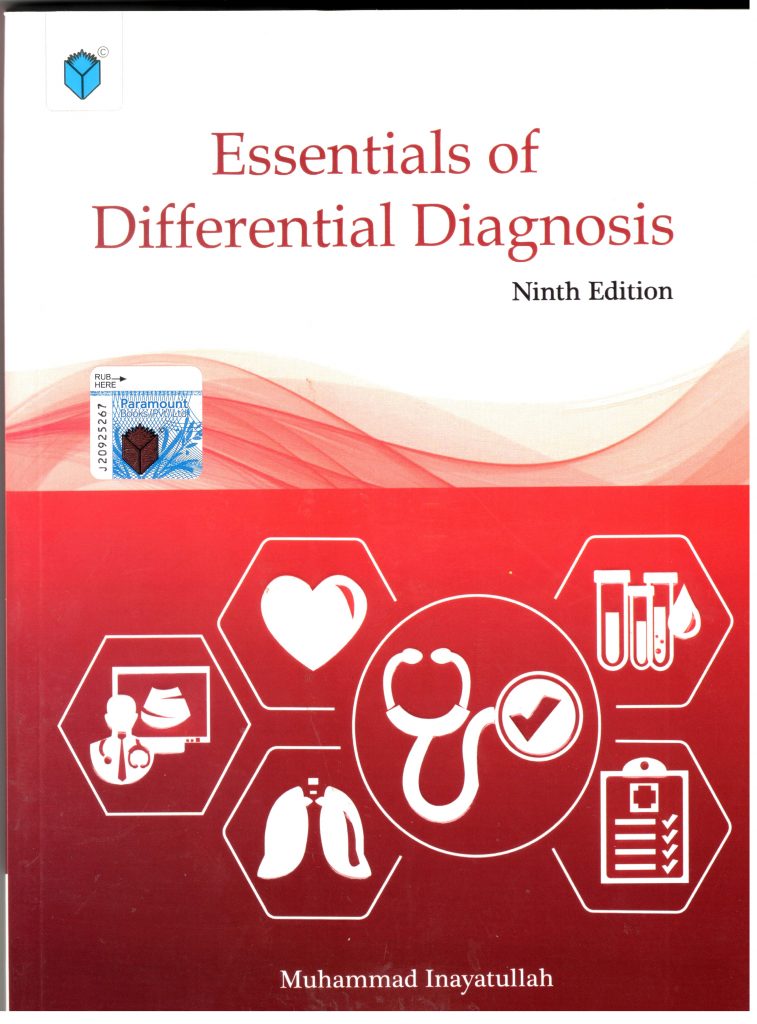
About This Book
Learning Differential diagnosis means, initially committing to memory a list of causes which might be responsible for a particular symptom or sign the patient presents with. Later, an integration of the mass of facts takes place. When this transition has occurred, from remembering a list of apparently unrelated facts to a logical sequence of processes and diseases causing the presentation, the student has passed a big hurdle and is well on his way to learn Medicine, a process which will continue throughout his life.
There are no shortcuts in Medicine but this book is designed to make reading and understanding easier.
Chapters are laid out either according to a Symptom or a Sign and this forms the chapter heading. A list of causes, boxed in double lines, is given at the beginning of each chapter and wherever necessary. Causes are arranged in the sequence of relative importance except where there are subgroups. The least important causes are written in small print.
Diseases are discussed under subheadings of symptoms, Signs and investigations. To save space, the details of each condition are given only once and if needed, the pages are referred to at other places.
There are also single line boxes with small print within. These contain information not directly related to the main chapter heading but give additional material about the topic discussed. There is also some text in small print at the end ofeach chapter. This again has information considered to be less significant than the main text.
Following a set patten of text lay-out means that the student can extract the type and amount Of information he or she needs by noting in what form it is given. The most dedicated student might want to read all ofthe book including all small print while a more cursory reading might only include the main text, and only the first few causes from within the double lined boxes. Detail of mechanisms is not given and a Textbook of Medicine should be consulted when difficulty is encountered,
lt has been attempted to present the commonly held viewpoints, but should the examiner disagree, the student should remember the golden rule of never arguing with the examiner. At the end, it is stressed that this is not to be used as an alternative to a Textbook but as an aid to one ofthe facets of Medicine.

